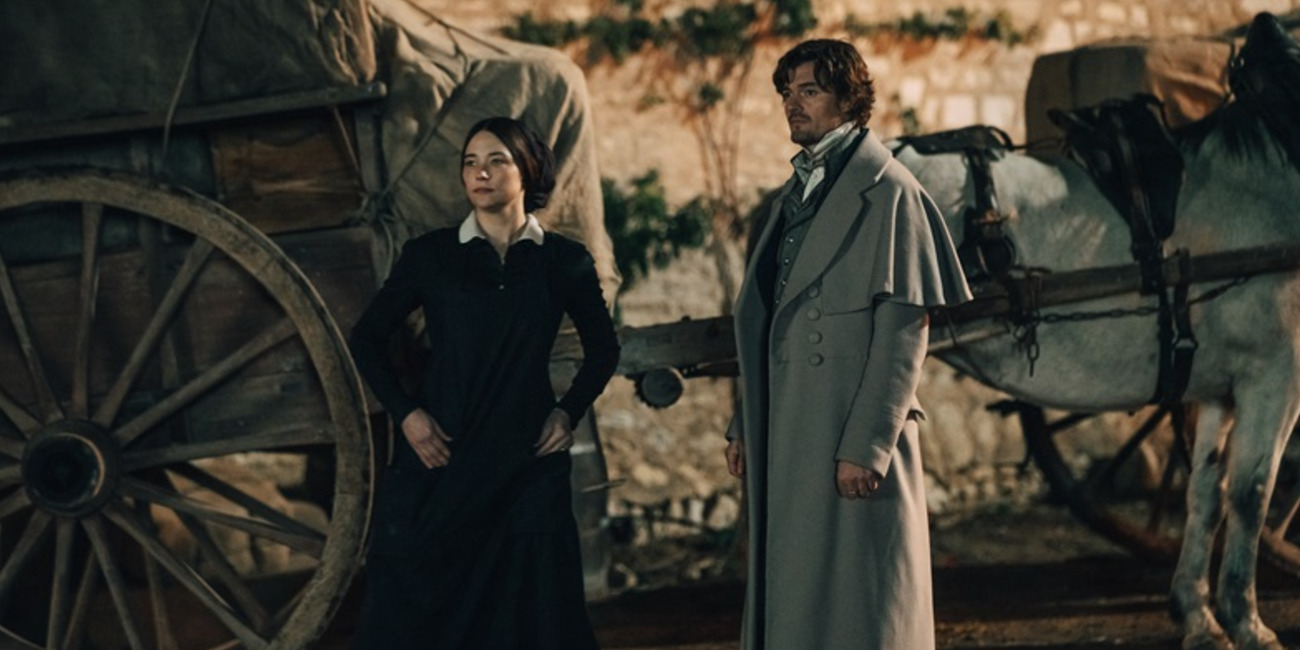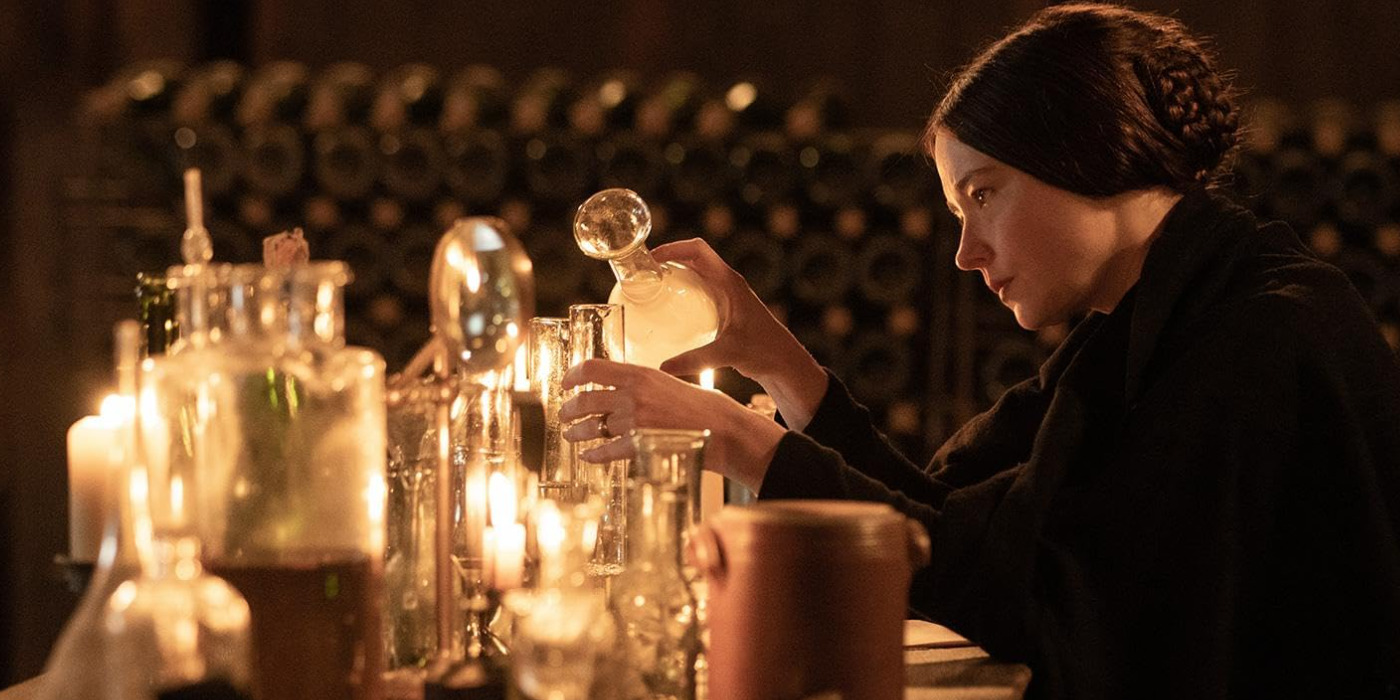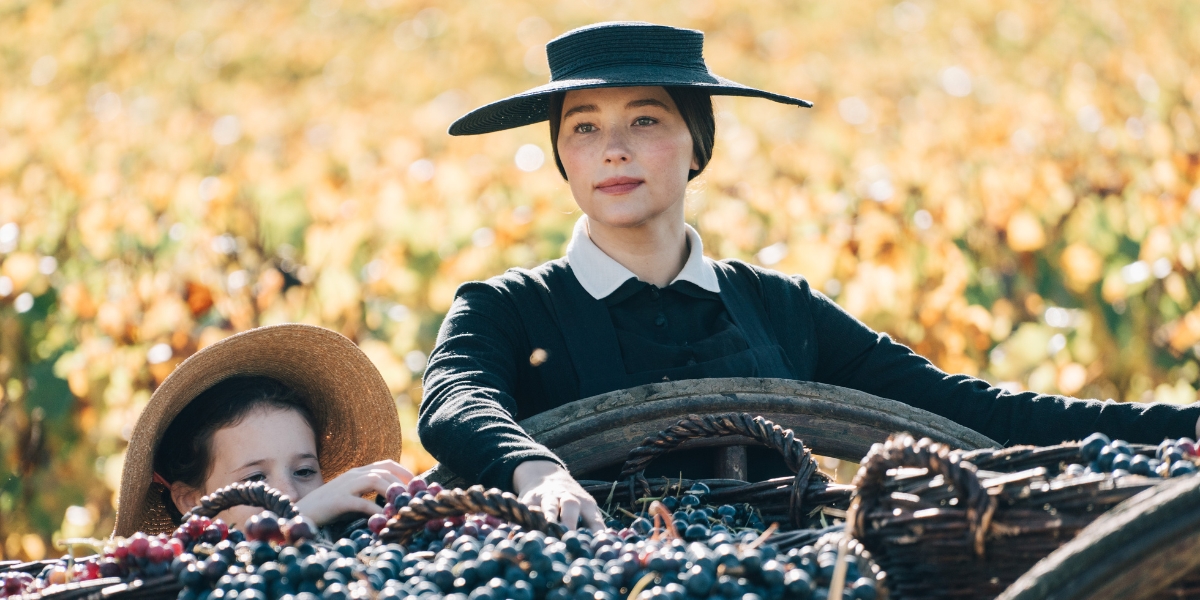In ‘Widow Clicquot,’ the viewers are transported to the idyllic vineyards in Verzy, the French village where protagonist Barbe-Nicole embarks on her ambitions of introducing the Clicquot name into the champagne market. The woman—recently widowed after her husband, François’ tragic passing—inherits his beloved vineyards where he dreamt of making excellent wine. As a result, in his absence, Barbe takes over the role of a champagne producer, carrying her husband’s legacy and making it her own. Along the way, she faces many challenges, including those that come with being a woman in the 18th century under the Napoleonic Code.
In many ways, the film is a love letter to the artistry and craft of winemaking. The narrative remains confined to the Clicquot family’s mansion and vineyards in Verzy, where Barbe concocts all her wines, including the Comet Vintage of 1811.
The Clicquot Family Owned Its First Vineyards in Verzy
Despite its occasional fictionalizations, ‘Widow Clicquot’ strives to bring a near-biographical account of Barbe-Nicole Ponsardin Clicquot’s life, especially her journey of becoming one of France’s most renowned champagne producers. As such, most of the details surrounding her on-screen storyline remain true to life. Philippe Clicquot did own vineyards near the Verzy commune of Reims, France. As such, the Verzy vineyards—as well as the Manoir de Verzy, the mansion where the Clicquot resides in the film—are actual locations. The Veuve Clicquot Ponsardin Champagne house still holds its vineyards in the heart of Reims.

However, these days, the Manoir de Verzy and its vineyards are open for the public to visit as spots of tourist attraction. The historical manor once lived in by Barbe-Nicole Ponsardin Clicquot and her family is a portal in time and is open for occasions of many kinds. From events like champagne tastings, gastronomic experiences, and picnics to more elaborate celebrations, such as weddings, functions, and romantic trips, people have the option to visit the Clicquot manor and vineyards for a variety of reasons. Even so, it’s worth noting that most of the filming for ‘Widow Clicquot’ did not take place at this estate. Instead, the project equipped France’s Chateau de Beru for its on-screen portrayal of the Clicquot family’s vineyards near Verzy.
The Comet Vintage of 1811: Veuve Clicquot’s Prized Vintage
In the film, Barbe’s Comet Vintage of 1811 becomes the most prized batch of wine from her harvest as it establishes her company’s successful footing in the market, quickly dominating other competition. Comet Vintages are a real type of wine made in Comet vintage years. These years are defined by the occurrence of an astronomical event revolving around a Great Comet as a precursor to the vineyard’s harvest.

The idea remains that these Great Comets result in inexplicable conditions that somehow lead to excellent wines. In 1811, a Great Comet graced the night sky, visible to the naked human eye for 260 days—one of the longest runs in the history of comets. That year, a number of great wines were produced, including the 1811 vintage of Veuve Clicquot. As depicted in the film, that same vintage earned the Veuve Clicquot Champagne house its dominance over the market.
Read More: Widow Clicquot: Do Barbe and Louis End Up Together?


You must be logged in to post a comment.